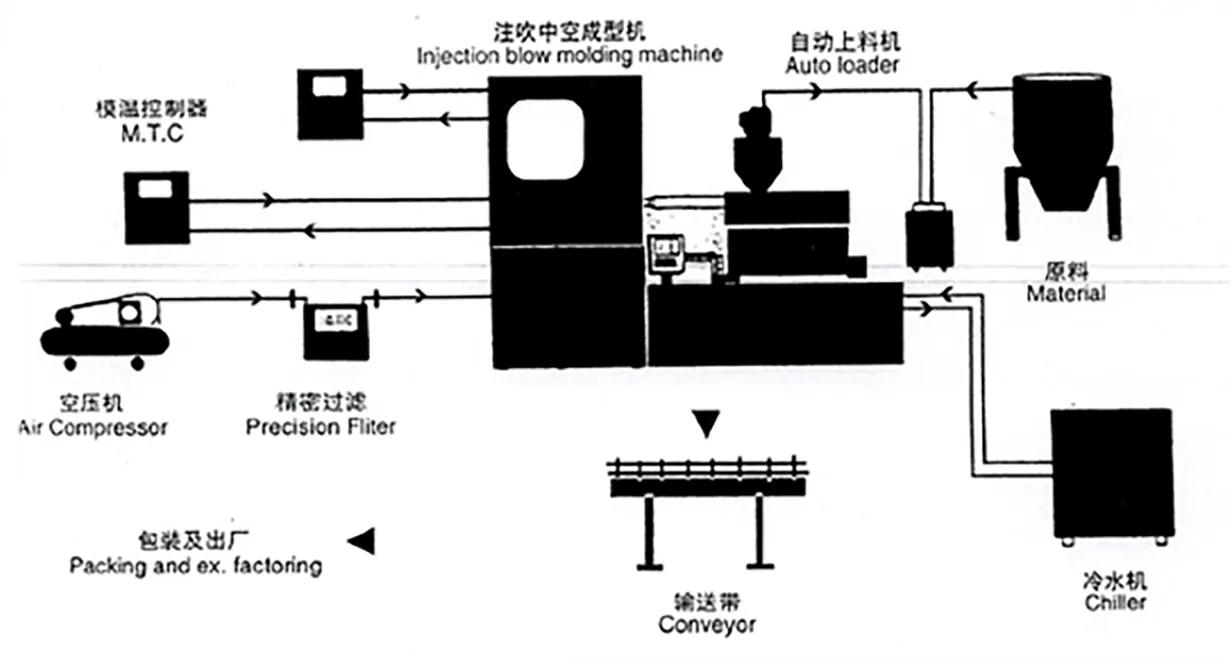https://www.wahmg.com/)">
Understanding the Purpose and Applications of Test Tubes in Laboratories
Understanding the Purpose and Applications of Test Tubes in Laboratories
The Purpose and Uses of Test Tubes in Science
Test tubes are fundamental tools in the field of science, particularly in laboratories conducting chemical, biological, and medical experiments. These cylindrical glass or plastic containers are designed to hold small quantities of liquids or substances, making them invaluable for a variety of applications.
Primary Uses of Test Tubes
One of the most common uses of test tubes is for mixing chemicals. In chemistry experiments, test tubes allow scientists to combine different reagents in a controlled environment, facilitating reactions that may lead to new compounds. The transparency of the material allows researchers to observe any changes that occur during the reaction, such as color changes, gas production, or precipitate formation. This is crucial for understanding the properties of the substances involved.
Another significant use of test tubes is in biological research. They are often used for culturing microorganisms, such as bacteria and yeast. In microbiology, test tubes can be filled with growth media and inoculated with a sample of microbes. This process helps scientists study the growth patterns, behavior, and characteristics of various microorganisms, contributing to developments in fields like immunology and pharmacology.
what is the test tube used for

Test tubes are also an essential tool in the medical field. They are commonly used for blood tests, where samples are collected, stored, and transported for analysis. Different colored test tubes contain various additives that help in the separation of blood components or prevent coagulation, ensuring accurate and reliable test results. This application is crucial for diagnosing diseases and monitoring patient health.
Experimental Observations and Safety
The design of test tubes allows for easy handling and manipulation, which is essential when conducting experiments that involve heating or cooling substances. Many test tubes can withstand significant temperature changes, making them suitable for processes such as boiling or cooling reactions. However, safety precautions must be observed; using a test tube clamp or holder during such processes is critical to prevent injuries.
Conclusion
In summary, test tubes serve diverse and vital roles in scientific research and experimentation. They facilitate the mixing and observation of chemical reactions, support biological culture processes, and play a crucial part in medical diagnostics. Their versatility, combined with their straightforward design, makes them an indispensable tool in laboratories worldwide. As science continues to advance, the humble test tube will undoubtedly remain a key player in driving discoveries and innovations across various disciplines.
-
Wholesale Plastic Juice Bottles with Caps 16 oz Options Available Bulk Packaging SolutionsNewsJun.10,2025
-
Laboratory Apparatus Reagent Bottle – Durable & Chemical Resistant Bottles for Safe StorageNewsJun.10,2025
-
Squeezable Dropper Bottles Durable, Leak-Proof & CustomizableNewsMay.30,2025
-
Affordable Plastic Petri Plates Sterile & Disposable Lab-GradeNewsMay.30,2025
-
Eye Dropper Caps Precision 24/410 & Plastic Bottle-Compatible TipsNewsMay.30,2025
-
Affordable Mini Spray Bottle Price & Wholesale Deals Shop NowNewsMay.29,2025





















